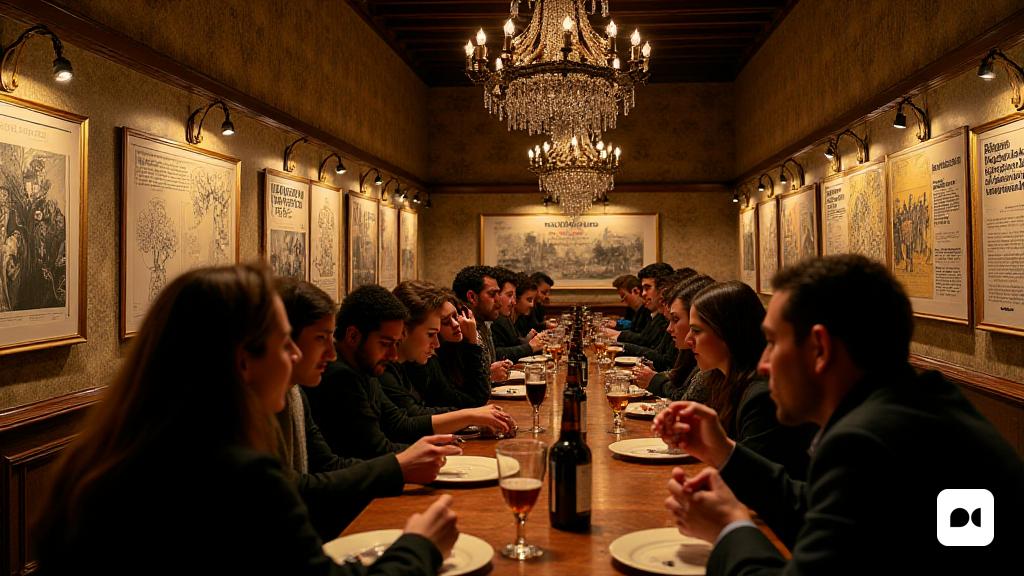A forgotten episode of gypsy history
The term Baron Estardipen evokes one of the most tragic episodes in the history of the gypsy people, which began with a royal order issued by Ferdinand VI on June 28, 1749. This order, which sought to imprison gypsy families throughout Spain, mark a systematic attempt at the cultural and physical extermination of this community.
Exhibition at Palau Robert: A living memory
On the occasion of the 275th anniversary of this tragic episode, the Palau Robert presents the exhibition entitled “Baró Estardipen. General prison for gypsies and gypsies”, which will be available until December 10. This exhibition seeks to make visible a chapter unknown to many and to recover the memory of a town that has suffered for centuries.
The devastating consequences of the Great Raid
The well-known Great Raid was not only focused on the arrest of Roma, but also involved systematic violence based on social and economic prejudices. It is estimated that this attempted repression affected around 12,000 individuals, with devastating consequences such as the separation of families and the death of many people.
Family separation and the imposition of forced labor
Children were separated from their parents, forced to learn trades or work as servants, while adults were subjected to forced labor in factories and prisons. This brutality made no distinction of sex or age, affecting both settled and nomadic Roma.
Repair and recognition
The commemoration of Baron Estardipen not only seeks to remember some events that have been forgotten, but also aims to address the open wounds that the Roma community still suffers today. This exhibition, curated by Francisco Vargas, is an important step towards recognizing the institutional racism that has persisted over the years.
Activities for reflection
In addition to the exhibition, several activities have been organized, including the play ‘No soy tu gitana’ by Silvia Agüero and a colloquium that will encourage dialogue on the current situation of the Roma people. The central commemoration event will take place at the Palau Robert on December 9 at 6:00 p.m.
A future of recognition and dignity
With this commemoration, we are not only seeking the reparation of historical memory, but also a future in which the dignity of the Roma people is recognized and valued. Society has the opportunity to learn from the mistakes of the past to build a fairer present and future.

